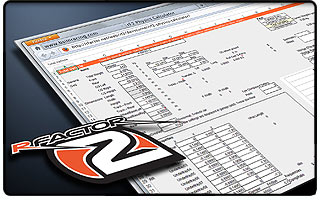

Linear acceleration: This is the acceleration when a body is moving in a straight path without changing its direction.Here the concept of circular velocity needs to be accounted while calculating centripetal acceleration. Centripetal acceleration: This is the acceleration a body experiences when it is moving in a circular motion.It is often termed as deceleration, though the appropriate term according to scientists is negative acceleration. Negative acceleration: A body experiences negative acceleration when the final velocity of the body is less than the initial velocity.

Positive acceleration: A body experiences positive acceleration when the final velocity of the body is more than the initial velocity.Mass: The quantity of matter in a body its inertia or resistance to acceleration. Assuming that the displacement vector is ‘s’ and velocity vector is ‘v, the acceleration a can be calculated as: If you differentiate the velocity vector with respect to time, you will obtain acceleration. The relation between the force F acting on a body of mass ‘m’ and the resultant acceleration ‘a’ produced in it is given by F = m x a. This equation implies that the unit of acceleration is (m/s)/s = m/s2Īccording to Newton’s law, a body experiences acceleration based on the force acting on it. To calculate acceleration in this method, you need to know the change in velocities in a given time interval.Īssuming that Vi and Vf are the initial and final velocities of a body during a certain time ‘t1’ and ‘t2’ seconds, then the acceleration ‘a’ of the body for that time interval is given by (Vf- Vi)/(t1- t2). You can calculate acceleration in the following ways:


 0 kommentar(er)
0 kommentar(er)
